Introduction
Chilled drunken shrimp, a dish that tantalizes the senses with its delicate balance of fresh seafood and aromatic alcohol, is a culinary gem rooted in Asian cuisine. This dish, often associated with coastal regions where seafood is abundant, combines the natural sweetness of shrimp with the bold flavors of rice wine, herbs, and spices. While its preparation may seem deceptively simple, achieving the perfect harmony of textures and tastes requires precision, quality ingredients, and an understanding of traditional techniques. In this comprehensive guide, we will explore the history, science, and artistry behind crafting chilled drunken shrimp that will impress even the most discerning palates.
The Origins and Cultural Significance
The origins of drunken shrimp can be traced back to China’s Jiangnan region, where freshwater shrimp are plentiful. Legend has it that fishermen devised this recipe as a way to preserve shrimp during long voyages, using alcohol as a natural preservative. Over time, the dish evolved into a celebratory delicacy, often served at banquets and family gatherings. The name “drunken shrimp” refers to the marination process, where the shrimp are essentially “intoxicated” in a mixture of alcohol, soy sauce, and spices. Today, this dish has transcended borders, with variations appearing in Southeast Asian, Japanese, and even Western kitchens.
Ingredients: Quality Matters
The success of chilled drunken shrimp hinges on the freshness of its components. Here’s a breakdown of the essential ingredients:
-
Shrimp: Opt for small to medium-sized freshwater shrimp (5–7 cm in length) with translucent shells. If unavailable, substitute with high-quality, head-on saltwater shrimp. Avoid pre-cooked or frozen varieties, as they lack the tender texture required.
-
Alcohol Base: Traditional recipes use Shaoxing rice wine, a fermented beverage with a nutty, caramel-like flavor. For a non-alcoholic version, substitute with rice vinegar diluted with water.
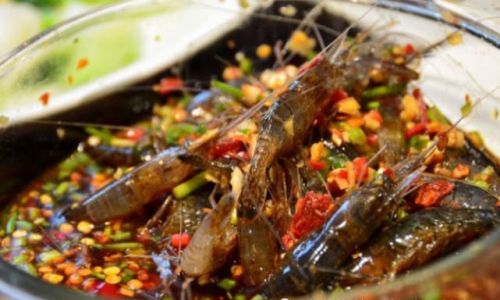
-
Aromatics: Fresh ginger, garlic, and scallions form the flavor backbone. Sichuan peppercorns and star anise add subtle warmth, while fresh cilantro and chili peppers provide a bright finish.
-
Seasonings: Light soy sauce, sesame oil, and a touch of sugar balance the dish. For umami depth, some recipes incorporate fish sauce or oyster sauce.
-
Garnishes: Toasted sesame seeds, crushed peanuts, or thinly sliced red chili peppers elevate both texture and presentation.
Step-by-Step Preparation

Selecting and Cleaning the Shrimp
- Freshness Check: Look for shrimp with glossy shells, firm flesh, and a mild oceanic scent. Avoid specimens with blackened edges or ammonia-like odors.
- Cleaning:
- Rinse the shrimp under cold running water to remove impurities.
- Using kitchen shears, trim the legs and antennae. Some chefs leave the heads intact for added flavor, but this is optional.
- Devein the shrimp by making a shallow cut along the back and removing the dark intestinal tract.
Blanching the Shrimp
Blanching is a critical step that cooks the shrimp gently while preserving their texture:
- Bring a pot of water to a rolling boil. Add a slice of ginger and a splash of rice wine to eliminate any seafood odor.
- Prepare an ice bath by mixing equal parts ice and cold water in a large bowl.
- Blanch the shrimp in batches for 30–45 seconds, or until they turn opaque and curl slightly. Overcooking will result in rubbery shrimp.
- Immediately transfer the shrimp to the ice bath to halt cooking. Drain thoroughly and pat dry with paper towels.
Crafting the Marinade
The marinade is where the magic happens—infusing the shrimp with depth and complexity:
- In a mixing bowl, combine:
- 1 cup Shaoxing rice wine (or substitute)
- ¼ cup light soy sauce
- 2 tbsp sesame oil
- 1 tbsp sugar
- 1 tbsp minced garlic
- 1 tbsp finely grated ginger
- 1 tsp Sichuan peppercorns (lightly crushed)
- 1 star anise pod
- 2 sliced scallions (white and green parts separated)
- Whisk until the sugar dissolves. Adjust seasoning to taste—the marinade should be assertive but not overly salty.
Marinating Process
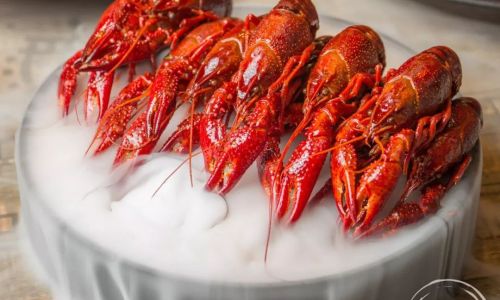
- Place the blanched shrimp in a non-reactive container (glass or ceramic).
- Pour the marinade over the shrimp, ensuring they are fully submerged.
- Add the white parts of the scallions and any additional aromatics (e.g., chili slices).
- Cover and refrigerate for at least 4 hours, or overnight for maximum flavor penetration. Stir occasionally to redistribute the marinade.
Final Assembly and Chilling
- Before serving, remove the shrimp from the marinade (reserve the liquid for dressing).
- Arrange the shrimp on a serving platter, garnishing with the green scallion slices, cilantro, and chili peppers.
- Drizzle with a small amount of the reserved marinade and a splash of sesame oil.
- Chill in the refrigerator for 30 minutes to allow the flavors to meld.
Serving Suggestions
Chilled drunken shrimp is traditionally served as an appetizer or part of a multi-course meal. Pair it with:
- Steamed jasmine rice or thin rice noodles.
- Pickled vegetables (e.g., daikon or cucumber) for acidity.
- A side of chili oil or spicy dipping sauce for heat enthusiasts.
- Crisp white wine (e.g., Riesling) or light beer to complement the dish’s brightness.
Troubleshooting and Expert Tips
- Overcooked Shrimp: To avoid this, use a timer and test one shrimp before removing the entire batch from the boiling water.
- Bitter Marinade: If the alcohol flavor is too strong, balance it with a touch more sugar or a splash of water.
- Storage: Leftovers can be kept in an airtight container for up to 24 hours, but the texture may soften.
- Vegetarian Adaptation: Replace shrimp with king oyster mushroom slices or tofu cubes, marinated and cooked similarly.
Safety Considerations
While blanching kills most bacteria, consuming raw or undercooked seafood carries risks. Pregnant individuals, the elderly, and those with compromised immune systems should exercise caution. To minimize risks:
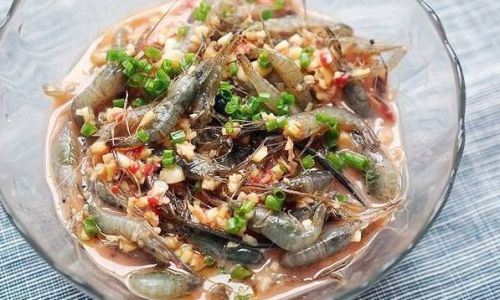
- Purchase shrimp from reputable suppliers.
- Freeze shrimp at -4°F (-20°C) for 7 days before use to eliminate parasites.
- Handle raw shrimp with separate utensils to prevent cross-contamination.
Variations and Creative Twists
- Spicy Drunken Shrimp: Add 1–2 tbsp of chili bean paste (doubanjiang) to the marinade and garnish with fresh bird’s eye chilies.
- Citrus Infusion: Substitute half the rice wine with fresh lime or yuzu juice for a tangy twist.
- Herbaceous Version: Incorporate Thai basil, mint, or dill into the marinade and garnish.
- Smoky Notes: Toast the Sichuan peppercorns and star anise before adding them to the marinade for a deeper flavor profile.
The Science Behind the Dish
The interaction between alcohol and shrimp is both culinary and chemical. Ethanol in the rice wine denatures proteins in the shrimp, tenderizing the flesh while allowing it to retain moisture. The marinade’s acidity (from soy sauce and wine) further breaks down tough fibers, creating a melt-in-the-mouth texture. Meanwhile, aromatic compounds like gingerol (from ginger) and allicin (from garlic) provide antimicrobial benefits, enhancing food safety.
Cultural Etiquette
In traditional settings, chilled drunken shrimp is often served with chopsticks and a communal dish for shells. Diners may peel the shrimp at the table, a practice that encourages conversation and camaraderie. The dish’s refreshing nature makes it a popular choice during hot summers, symbolizing renewal and abundance.
Conclusion
Chilled drunken shrimp is more than a dish—it’s a celebration of simplicity and sophistication. By adhering to time-honored techniques and sourcing the finest ingredients, you can recreate this culinary masterpiece in your own kitchen. Whether enjoyed as an elegant appetizer or a centerpiece at a gathering, this dish invites diners to savor the harmony of flavors that have delighted generations. So raise your chopsticks, embrace the art of patience, and let the intoxicating aroma of drunken shrimp transport you to coastal shores and timeless traditions.
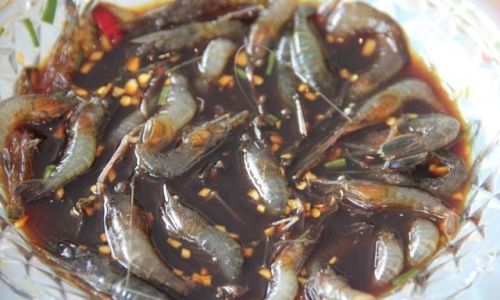
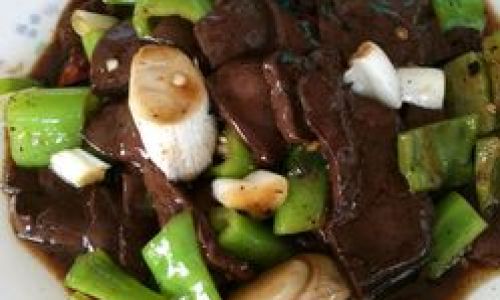
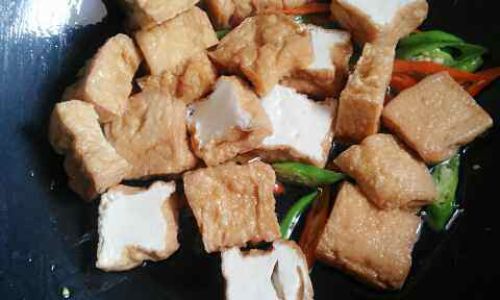
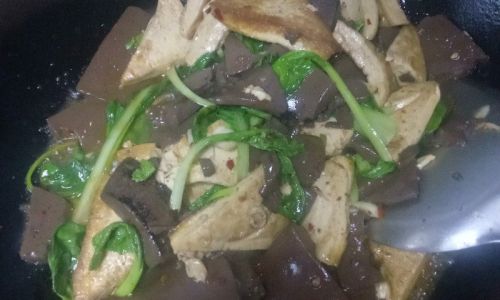
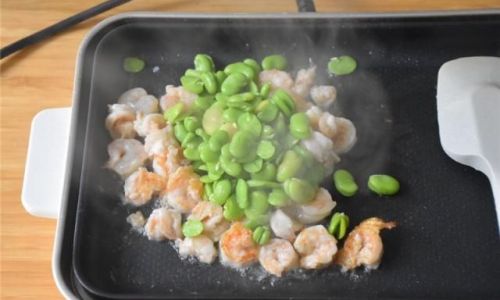
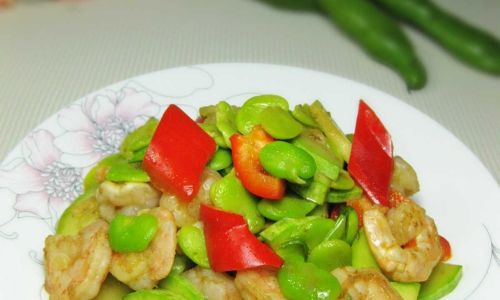
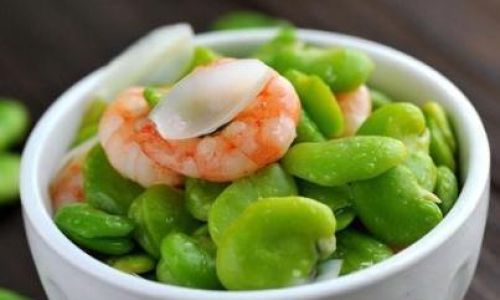
0 comments